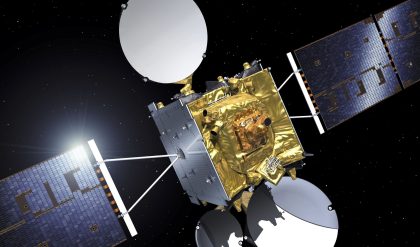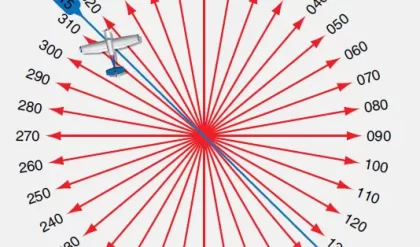Vibrations up to 20,000 cycles can be heard by human beings and so, the frequency range up to 20 KHz is called sonic frequency. Sound waves do not belong to the electromagnetic wave family like heat and light. As such, study of sound waves is not exactly an electronic branch. However most of the ultrasonic sound waves find very valuable industrial applications as flaw direction, submarine communication, electronic soldering and welding.
Ultrasonics is today applied in medical diagnosis (echo-scanning) as an alternative to X-ray scanning. Production of ultrasonic sound waves involves use of electronic oscillators called transducers. Use of ultrasonic waves does not involve harmful wave radiation. Radiation is present in other methods for the applications mentioned above. Hence ultrasonics is a welcome substitute for electromagnetic waves in many industrial applications.
Properties of ultrasound.
The ultrasonic waves travel in different media with different velocities. In air it travels at 330m/sec. The velocities in liquids and solids range from 1200m/s to 4000m/s respectively. The property of a medium to conduct ultrasonic waves is represented in its acoustic impedance. When ultrasound travels through a homogeneous medium there is no change of velocity or wavelength and hence it essentially continues in a straight line. When the ultrasound beam reaches an interface between two different media, it undergoes reflection and refraction.

The reflected wave may be termed as the ultrasonic echo. The echoes produced by large objects with smooth surface are specular echoes. Much energy is returned by these specular echoes. Echoes from small objects with irregular shapes are called scattered echoes. When ultrasound gets reflected irregularly in multiple directions, only a small part of ultrasonic energy returns to the source. Through analysis of reflected waves leads to several useful applications in industry and medicine. The properties of ultrasound are summed up as follows:
Ultrasound
1. Can be directed into a beam.
2. Obeys laws of reflection and refraction.
3. Is reflected by small objects.
4. Permits recording of clear echoes from interface that are approximately 1 mm part.




